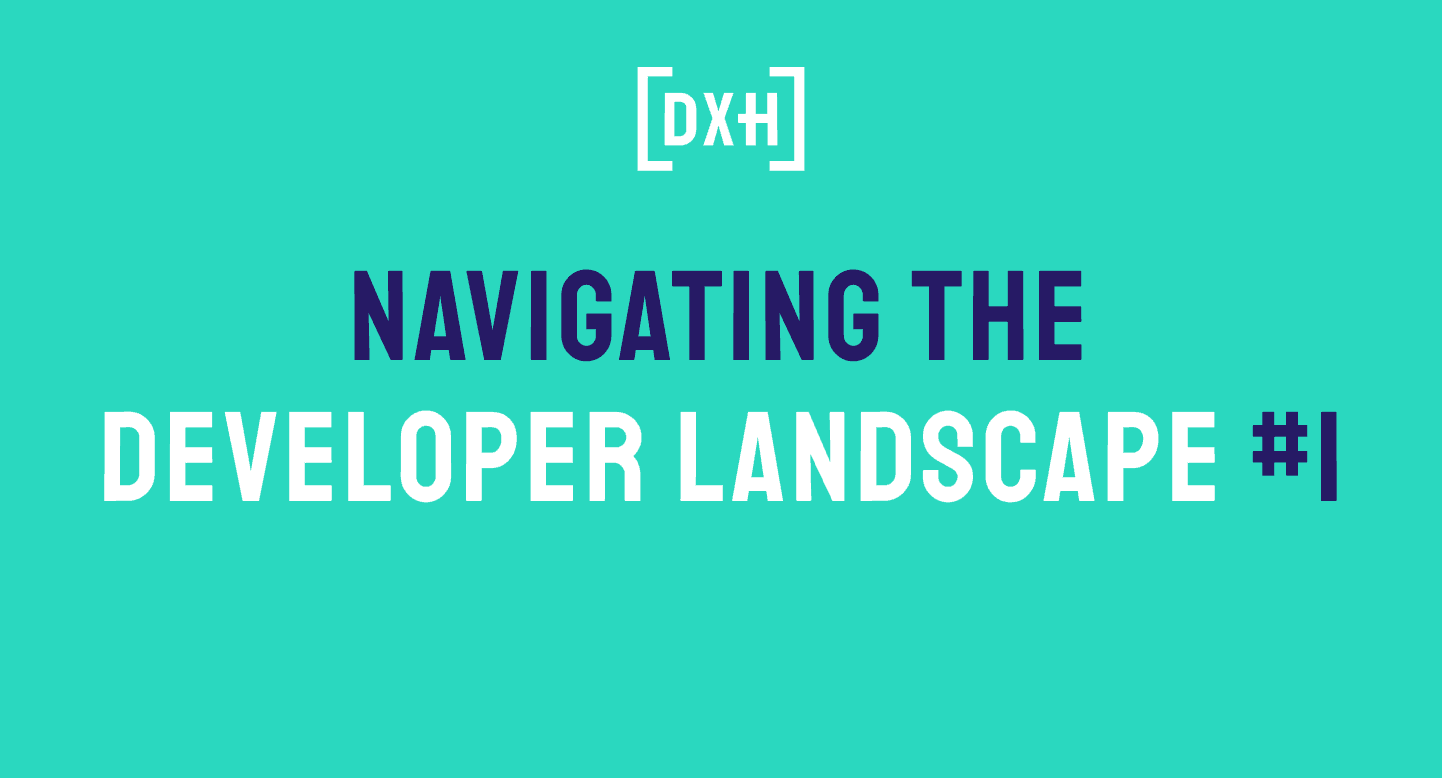Navigating the Developer Landscape #1: Marketing Basics
January 11, 2024
In the technology landscape, developers pose as the architects and builders of the digital realms. Far beyond the code, developers are the driving force of innovation, pushing the boundaries of what's possible. Recognizing the pivotal role developers play is not just essential — it's a game-changer.
In this multi-part series we'll explore how to effectively target developers, and successfully market your product to this specific audience. First part of the article focuses on some of the marketing basics, looking at the types of developer audiences, providing a few sample personas and some ideas on how to start shifting your marketing strategy.
Developers – “in a nutshell”
Unique Characteristics
Developers possess a distinctive set of characteristics that shape their worldview and approach to problem-solving. Their analytical mindset, technical expertise, and unwavering focus on efficiency set them apart. These individuals thrive on challenges, seeking innovative solutions.
They are the Key Stakeholders
Understanding developers goes beyond recognizing them as end-users; they are the stakeholders. Their influence extends beyond lines of code; developers actively shape product features and functionality.
Challenges in understanding
Common misconceptions hinder otherwise effective communication. One prevalent myth is the notion that all developers come in the same shape and size. In reality, the developer community is diverse, with varying preferences, specialties, and perspectives.
Product Success
An understanding of developers is not just a novelty; it's a strategic move. Products that resonate with developers, and address their pain points are headed for success. The stories of success in tech are often tales of products that embraced a developer-focused approach.
The Developer-focused Approach
When it comes to focusing on developers as your market audience, there are three key points that stand out. While these are not the end-all-be-all, it is a good base.
1. Tailoring Communication Strategies
Understanding the nuances of developer roles enables tailoring communication strategies that resonate. Communication has to be open and intelligent while still leaving room for own investigation.